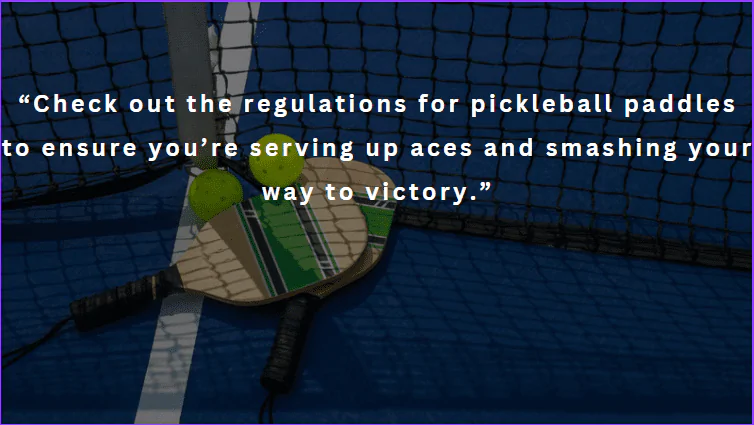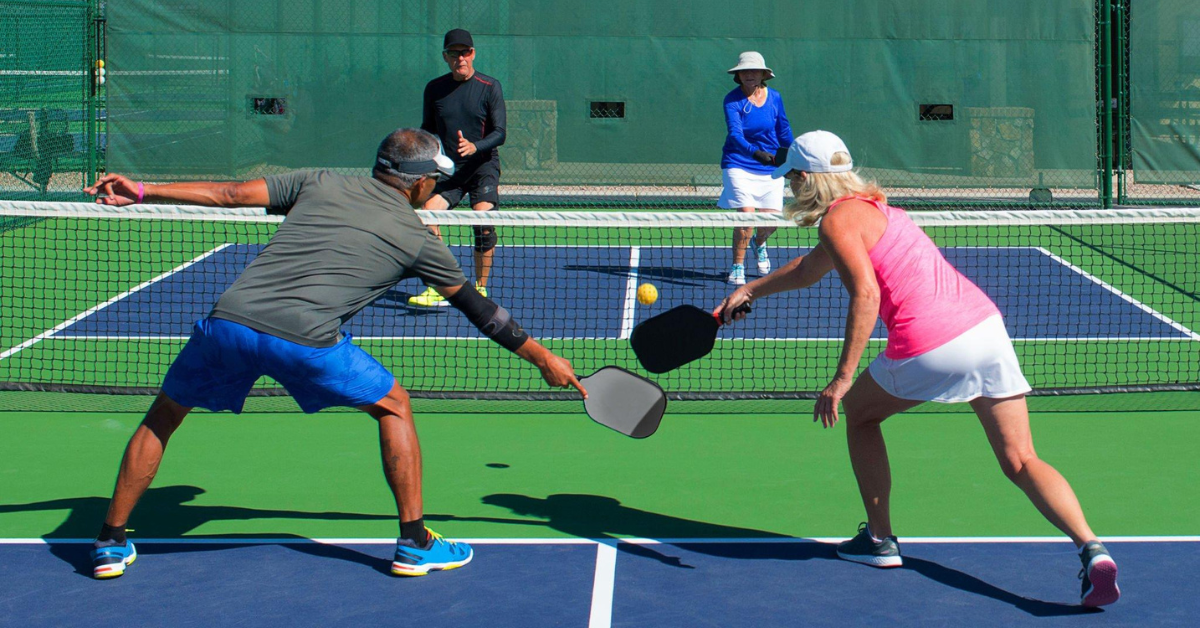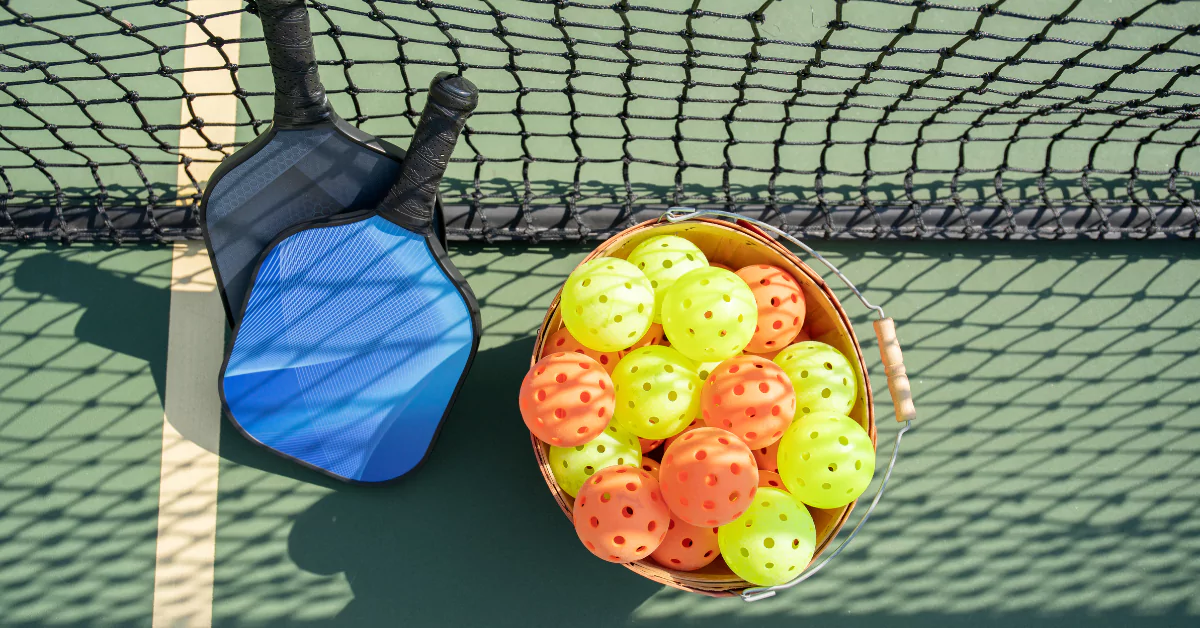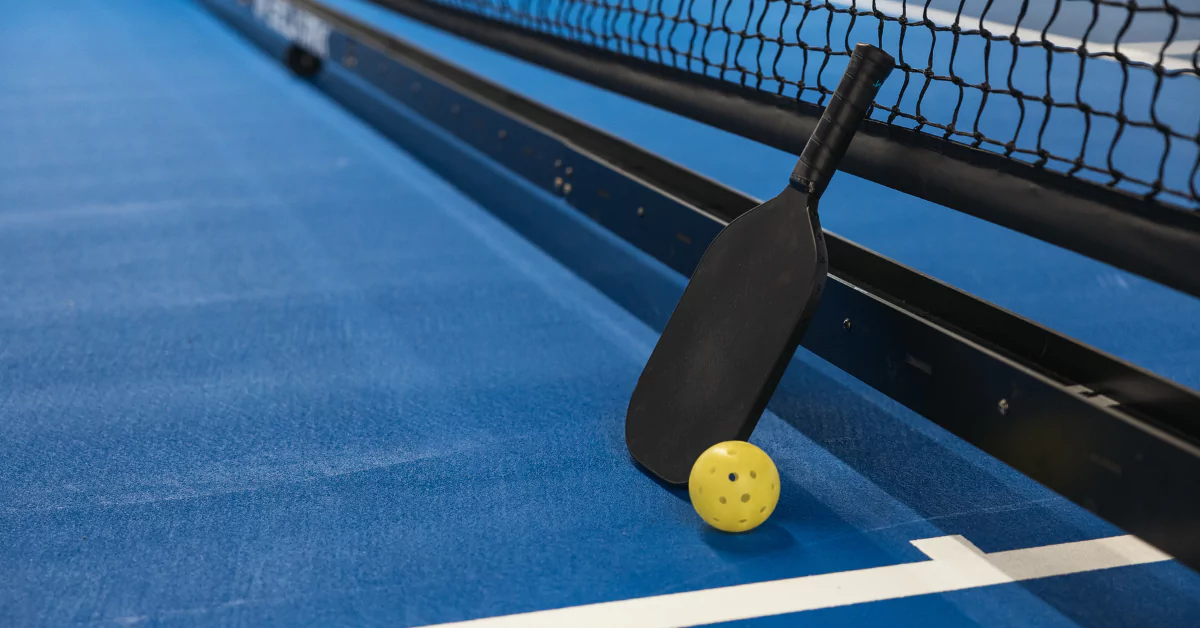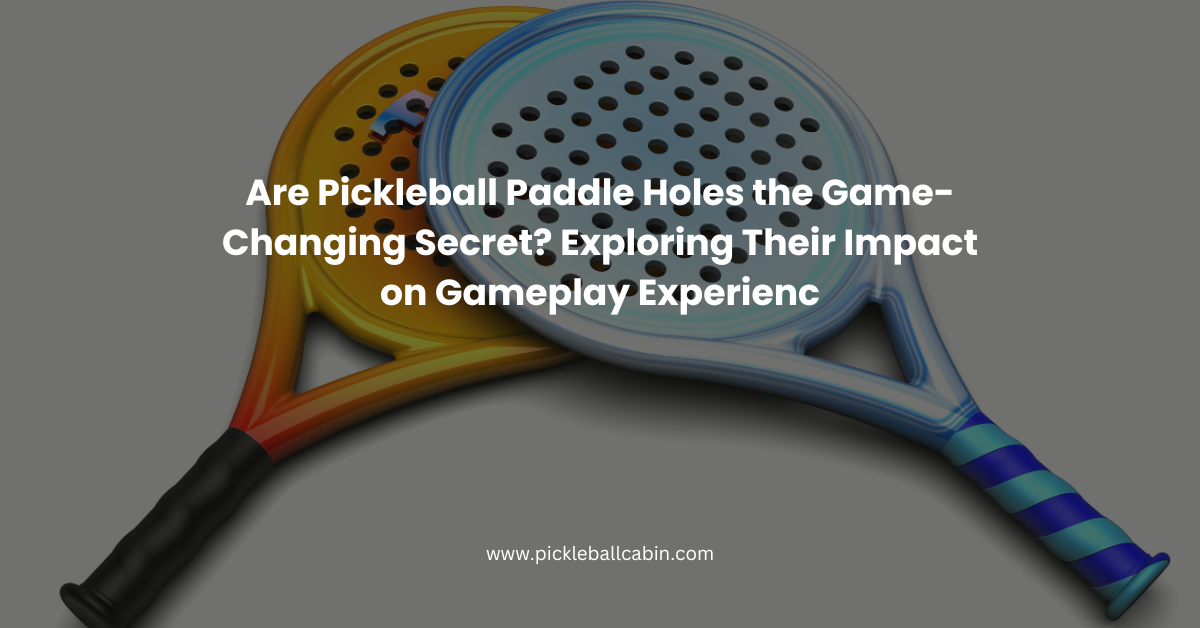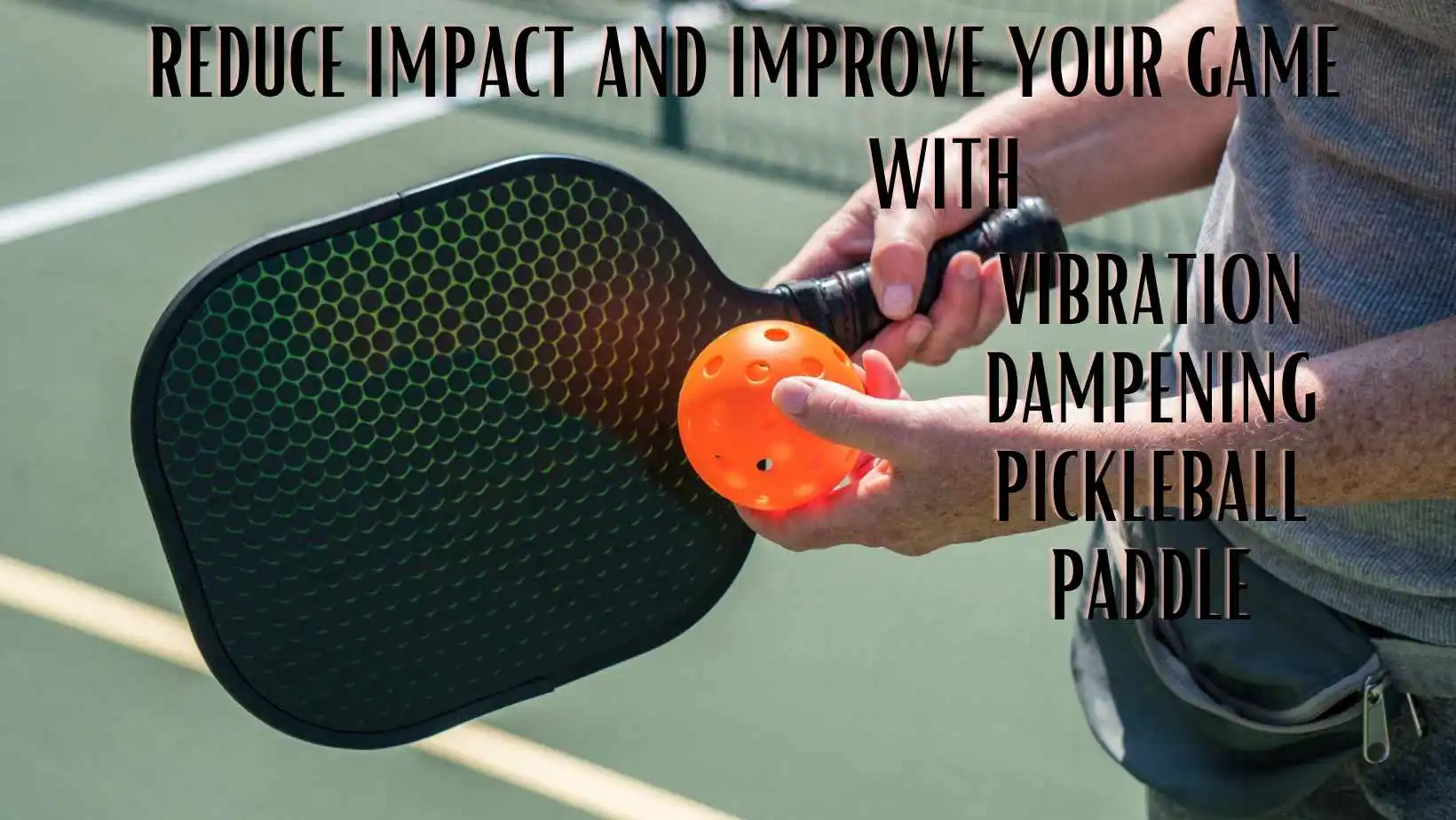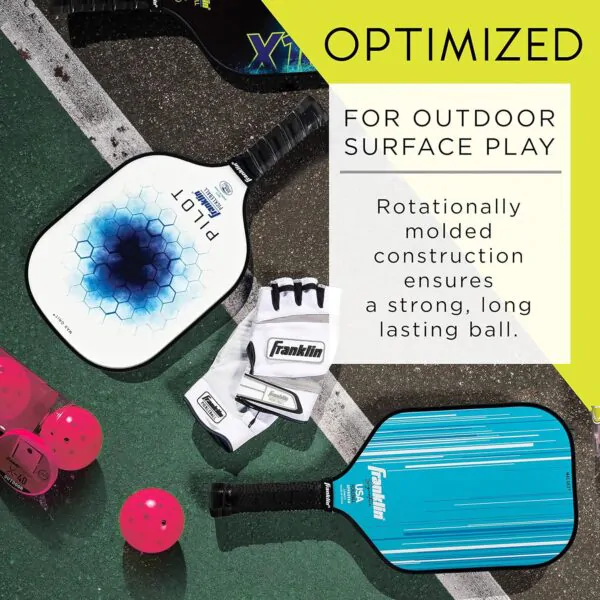Pickleball Offensive Strategies
Pickleball can be played as singles or doubles, and the rules are simple and easy to learn. However, pickleball also requires skill, strategy, and tactics to win. One of the most important aspects of pickleball strategy is knowing how to attack and when to attack.
In this article, we will explain why offense is important in pickleball, how to attack in pickleball, tips for attacking effectively, advanced pickleball attack strategies, common pickleball attacking mistakes, and how to improve your pickleball attacking game. We will also provide some pickleball attacking drills that you can practice to hone your skills.
Why Is Offense Important in Pickleball?
Offense is important in pickleball because it gives you an advantage over your opponents. When you are on the offense, you can:
- Control the point. You can dictate the pace, direction, and angle of the ball, and force your opponents to react to your shots.
- Put your opponents on the defensive. You can make your opponents move around the court, stretch them out, and create openings for you to exploit.
- Force your opponents to make mistakes. You can pressure your opponents into hitting errors, such as hitting the ball out of bounds, into the net, or into your paddle.
- Create scoring opportunities. You can hit winners, such as smashes, volleys, or drop shots, that your opponents cannot return.
The Benefits of Playing Offense
Playing offense has many benefits, such as:
- You can control the point. You can dictate the pace, direction, and angle of the ball, and force your opponents to react to your shots.
- You can put your opponents on the defensive. You can make your opponents move around the court, stretch them out, and create openings for you to exploit.
- You can force your opponents to make mistakes. You can pressure your opponents into hitting errors, such as hitting the ball out of bounds, into the net, or into your paddle.
- You can create scoring opportunities. You can hit winners, such as smashes, volleys, or drop shots, that your opponents cannot return.
The Challenges of Playing Offense
Playing offense also has some challenges, such as:
- You need to be able to hit the ball consistently and accurately. You need to have good technique, timing, and coordination to execute your shots with precision and power.
- You need to be able to make quick decisions. You need to have good vision, awareness, and anticipation to choose the best shot for each situation.
- You need to be able to read the court and your opponents. You need to have good strategy, tactics, and communication to exploit your opponents’ weaknesses and avoid their strengths.
How to Attack in Pickleball
There are different ways to attack in pickleball, depending on where you are on the court and where your opponents are. Here are some of the most common ways to attack in pickleball:
Attacking from Below the Net
When you are below the net, you are in a disadvantageous position, because you have to hit the ball up and over the net, which gives your opponents more time and options to respond. However, you can still attack from below the net by using these shots:
- Drop shot. A drop shot is a soft shot that lands just over the net and drops into the non-volley zone (NVZ), also known as the kitchen. A drop shot is a good way to attack from below the net, because it forces your opponents to move forward and hit the ball up, which gives you a chance to move up to the NVZ and take control of the point. A drop shot is also a good way to neutralize your opponents’ power shots, such as drives or smashes, by absorbing their pace and changing the direction of the ball. To hit a good drop shot, you need to have a light grip, a smooth swing, and a gentle touch. You also need to aim for the center of the NVZ, and avoid hitting the ball too high, too low, or too deep.
- Dink shot. A dink shot is a soft shot that lands just over the net and drops into the NVZ, similar to a drop shot, but with less arc and more spin. A dink shot is a good way to attack from below the net, because it makes your opponents hit the ball up, which gives you a chance to hit a volley or a smash. A dink shot is also a good way to set up a dink rally, which is a series of dink shots exchanged between the players at the NVZ, until one player makes a mistake or gets an opportunity to attack. To hit a good dink shot, you need to have a light grip, a short swing, and a firm wrist. You also need to aim for the corners of the NVZ, and avoid hitting the ball too high, too low, or too wide.
- Soft lob. A soft lob is a high shot that lands deep in your opponents’ court, behind them or over their heads. A soft lob is a good way to attack from below the net, because it makes your opponents move back and hit the ball down, which gives you a chance to move up to the NVZ and take control of the point. A soft lob is also a good way to surprise your opponents, especially if they are too close to the net or too aggressive. To hit a good soft lob, you need to have a light grip, a high swing, and a gentle touch. You also need to aim for the baseline or the corners of the court, and avoid hitting the ball too low, too short, or too wide.
- Volley. A volley is a shot that is hit before the ball bounces on the court. A volley is a good way to attack from below the net, because it reduces your opponents’ reaction time and puts them on the defensive. A volley is also a good way to finish the point, especially if you get a high or weak ball from your opponents. To hit a good volley, you need to have a firm grip, a short swing, and a firm wrist. You also need to aim for the open spaces on the court, and avoid hitting the ball into the net, out of bounds, or into your opponents’ paddle.
Attacking from Mid-Court
When you are at mid-court, you are in a neutral position, because you have to hit the ball over the net, but you also have some options to attack. Here are some of the most common ways to attack from mid-court:
- Drive. A drive is a hard shot that is hit low and fast over the net. A drive is a good way to attack from mid-court, because it puts your opponents under pressure and makes them hit the ball up, which gives you a chance to hit a volley or a smash. A drive is also a good way to break your opponents’ rhythm, especially if they are expecting a drop shot or a dink shot. To hit a good drive, you need to have a firm grip, a long swing, and a powerful stroke. You also need to aim for the center of the court, and avoid hitting the ball too high, too low, or too wide.
- Smash. A smash is a hard shot that is hit high and fast over the net, usually at a downward angle. A smash is a good way to attack from mid-court, because it is difficult for your opponents to return and often results in a winner. A smash is also a good way to finish the point, especially if you get a high or weak ball from your opponents. To hit a good smash, you need to have a firm grip, a high swing, and a powerful stroke. You also need to aim for the open spaces on the court, and avoid hitting the ball into the net, out of bounds, or into your opponents’ paddle.
- Lob. A lob is a high shot that lands deep in your opponents’ court, behind them or over their heads. A lob is a good way to attack from mid-court, because it makes your opponents move back and hit the ball down, which gives you a chance to move up to the NVZ and take control of the point. A lob is also a good way to surprise your opponents, especially if they are too close to the net or too aggressive. To hit a good lob, you need to have a light grip, a high swing, and a gentle touch. You also need to aim for the baseline or the corners of the court, and avoid hitting the ball too low, too short, or too wide.
- Third shot drop. A third shot drop is a drop shot that is hit by the serving team after the return of serve. A third shot drop is a good way to attack from mid-court, because it forces your opponents to move forward and hit the ball up, which gives you a chance to move up to the NVZ and take control of the point. A third shot drop is also a good way to neutralize your opponents’ advantage, especially if they hit a strong return of serve. To hit a good third shot drop, you need to have a light grip, a smooth swing, and a gentle touch. You also need to aim for the center of the NVZ, and avoid hitting the ball too high, too low, or too deep.
Attacking from the Non-Volley Zone
When you are at the NVZ, you are in an advantageous position, because you can hit the ball down and over the net, which gives you more options to attack. Here are some of the most common ways to attack from the NVZ:
- Third shot drop. A third shot drop is a drop shot that is hit by the serving team after the return of serve. A third shot drop is a good way to attack from the NVZ, because it forces your opponents to move forward and hit the ball up, which gives you a chance to hit a volley or a smash. A third shot drop is also a good way to neutralize your opponents’ advantage, especially if they hit a strong return of serve. To hit a good third shot drop, you need to have a light grip, a smooth swing, and a gentle touch. You also need to aim for the center of the NVZ, and avoid hitting the ball too high, too low, or too deep.
- Lob. A lob is a high shot that lands deep in your opponents’ court, behind them or over their heads. A lob is a good way to attack from the NVZ, because it makes your opponents move back and hit the ball down, which gives you a chance to hit a volley or a smash. A lob is also a good way to surprise your opponents, especially if they are too close to the net or too aggressive. To hit a good lob, you need to have a light grip, a high swing, and a gentle touch. You also need to aim for the baseline or the corners of the court, and avoid hitting the ball too low, too short, or too wide.
- Reset shot. A reset shot is a soft shot that is hit low and slow over the net, usually with backspin. A reset shot is a good way to attack from the NVZ, because it makes your opponents hit the ball up, which gives you a chance to hit a volley or a smash. A reset shot is also a good way to change the pace of the game, especially if your opponents are hitting hard and fast shots. To hit a good reset shot, you need to have a light grip, a short swing, and a firm wrist. You also need to aim for the center of the court, and avoid hitting the ball too high, too low, or too wide.
Tips for Attacking Effectively
Attacking in pickleball is not just about hitting the ball hard and fast. It is also about hitting the ball smart and strategically. Here are some tips for attacking effectively in pickleball:
- Be intentional. Know what shot you want to hit before you hit it. Choose the shot that gives you the best chance of success. For example, if your opponents are at the NVZ, you may want to hit a lob or a reset shot to make them move back. If your opponents are at the baseline, you may want to hit a drop shot or a dink shot to make them move forward. If your opponents are out of position, you may want to hit a drive or a smash to finish the point.
- Be consistent. Hit your shots with accuracy and power. Avoid making unforced errors, such as hitting the ball out of bounds, into the net, or into your opponents’ paddle. Practice your shots until you can hit them with confidence and precision.
- Be aggressive. Don’t be afraid to hit the ball hard and fast. Put your opponents under pressure and make them uncomfortable. Hit your shots with authority and conviction. Don’t let your opponents dictate the game.
- Be unpredictable. Mix up your shots and keep your opponents guessing. Don’t hit the same shot over and over again. Vary your pace, spin, direction, and angle of your shots. Use deception and disguise to fool your opponents. For example, you can use a shoulder fake or a paddle fake to make your opponents think you are hitting one shot, but then hit another shot.
- Be patient. Don’t try to force the winner. Wait for the right opportunity to attack. Don’t hit risky shots that have a low margin for error. Don’t hit shots that your opponents can easily return. Don’t hit shots that put you in a vulnerable position. Wait for your opponents to make a mistake or give you an attackable ball.
Advanced Pickleball Attack Strategies
If you want to take your pickleball attack game to the next level, you can use some advanced pickleball attack strategies, such as:
- Targeting your opponents’ weaknesses. If your opponent has a weak backhand, hit the ball to their backhand side. If your opponent has a weak volley, hit the ball high and deep. If your opponent has a weak serve, hit the ball hard and low. If your opponent has a weak partner, hit the ball to their partner. Identify your opponents’ weaknesses and exploit them.
- Using spin and placement. Add topspin to your shots to make them bounce high and deep. Add backspin to your shots to make them bounce low and short. Add sidespin to your shots to make them curve and swerve. Place your shots in the corners of the court to make them difficult for your opponents to reach. Use spin and placement to create angles and openings for your shots.
- Working with your partner. Communicate with your partner and let them know what you’re planning to do. Set up each other for attacks. Cover the court for each other. Poach the ball if you have a better shot. Switch sides if you have a better position. Work as a team to attack your opponents.
Common Pickleball Attacking Mistakes
Attacking in pickleball can also backfire if you make some common pickleball attacking mistakes, such as:
- Hitting the ball too high. If you hit the ball too high, you give your opponents more time and options to respond. You also expose yourself to their smashes and volleys. Keep the ball low and fast over the net to reduce your opponents’ reaction time and options.
- Hitting the ball too low. If you hit the ball too low, you risk hitting the ball into the net or out of bounds. You also lose the advantage of hitting the ball down and over the net. Keep the ball above the net and within the court to avoid errors and maintain the pressure.
- Hitting the ball too wide. If you hit the ball too wide, you risk hitting the ball out of bounds or into your opponents’ paddle. You also lose the advantage of hitting the ball to the open spaces on the court. Keep the ball within the sidelines and away from your opponents’ paddle to avoid errors and create openings.
- Hitting the ball too deep. If you hit the ball too deep, you risk hitting the ball out of bounds or into your opponents’ paddle. You also lose the advantage of hitting the ball to the NVZ or the baseline. Keep the ball within the baseline and away from your opponents’ paddle to avoid errors and create openings.
- Hitting the wrong shot. If you hit the wrong shot, you risk losing the point or giving your opponents an opportunity to attack. You also lose the advantage of hitting the shot that gives you the best chance of success. Choose the right shot for each situation and execute it with confidence and precision.
How to Improve Your Pickleball Attacking Game
If you want to improve your pickleball attacking game, you can practice some pickleball attacking drills, such as:
- Drive drill. In this drill, you and your partner stand at the baseline and hit drives to each other. The goal is to hit the ball low and fast over the net, and to return the ball with the same pace and accuracy. You can vary the direction and angle of your drives to make the drill more challenging. You can also add a target on the court to aim for, such as a cone or a towel. This drill will help you improve your power, consistency, and placement of your drives.
- Smash drill. In this drill, you and your partner stand at the NVZ and hit smashes to each other. The goal is to hit the ball high and fast over the net, and to return the ball with the same pace and accuracy. You can vary the direction and angle of your smashes to make the drill more challenging. You can also add a target on the court to aim for, such as a cone or a towel. This drill will help you improve your power, consistency, and placement of your smashes.
- Drop shot drill. In this drill, you and your partner stand at the baseline and hit drop shots to each other. The goal is to hit the ball soft and high over the net, and to land the ball in the NVZ. You can vary the direction and angle of your drop shots to make the drill more challenging. You can also add a target on the court to aim for, such as a cone or a towel. This drill will help you improve your touch, consistency, and placement of your drop shots.
- Dink drill. In this drill, you and your partner stand at the NVZ and hit dink shots to each other. The goal is to hit the ball soft and low over the net, and to land the ball in the NVZ. You can vary the direction and angle of your dink shots to make the drill more challenging. You can also add a target on the court to aim for, such as a cone or a towel. This drill will help you improve your touch, consistency, and placement of your dink shots.
- Lob drill. In this drill, you and your partner stand at the NVZ and hit lobs to each other. The goal is to hit the ball high and deep in your opponents’ court, behind them or over their heads. You can vary the direction and angle of your lobs to make the drill more challenging. You can also add a target on the court to aim for, such as a cone or a towel. This drill will help you improve your touch, consistency, and placement of your lobs.
- Reset shot drill. In this drill, you and your partner stand at the NVZ and hit reset shots to each other. The goal is to hit the ball soft and slow over the net, and to land the ball in the center of the court. You can vary the direction and angle of your reset shots to make the drill more challenging. You can also add a target on the court to aim for, such as a cone or a towel. This drill will help you improve your touch, consistency, and placement of your reset shots.
Conclusion
Attacking is an essential part of winning pickleball matches. By following the tips and strategies above, you can develop an effective pickleball attack strategy that will help you dominate the game. Remember to be intentional, consistent, aggressive, unpredictable, and patient when you attack. Also, practice your attacking shots regularly and work with your partner to create a formidable team.
